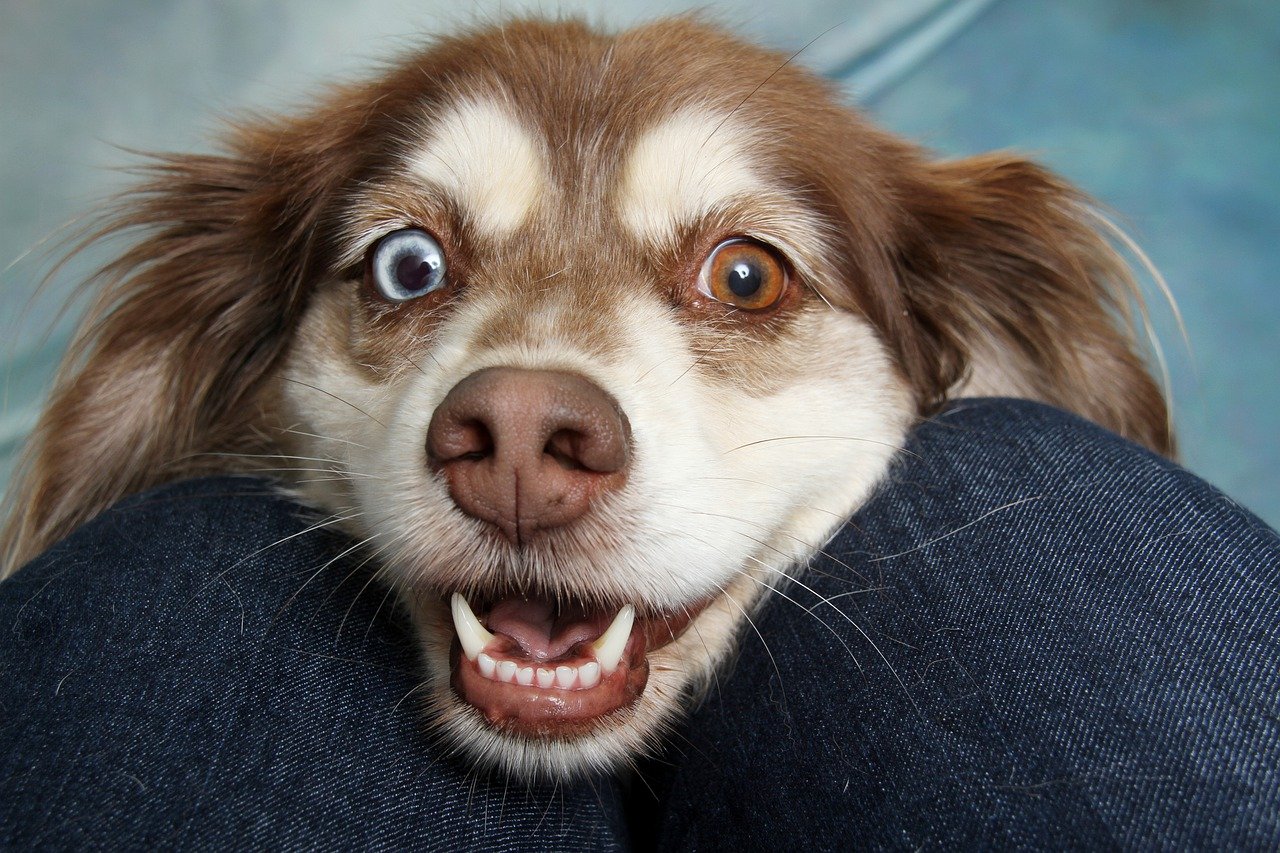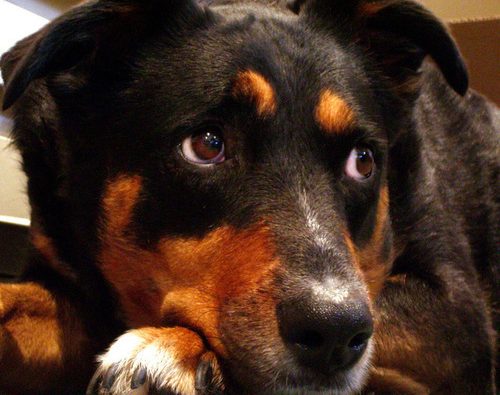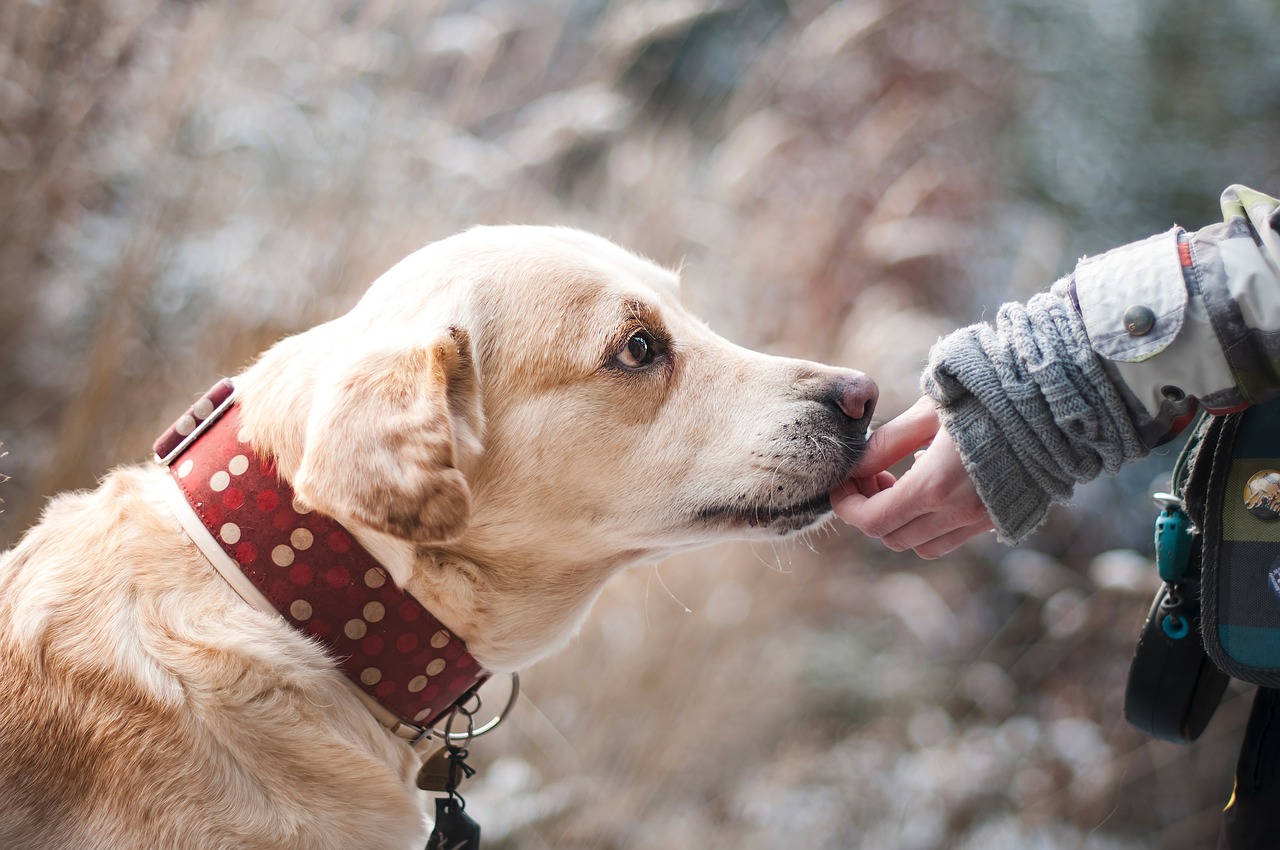As a dog enthusiast and canine welfare advocate, I’ve seen firsthand how our canine companions change as they age. Just like us, dogs undergo significant changes in their senior years. It’s an inevitable part of the journey, and it requires us to provide them with special attention and adapted care. My goal is to help you ensure your four-legged friends continue to live comfortable, healthy, and meaningful lives, even as they get older. This article explores the unique needs of older dogs and offers practical advice, based on both research and my 15+ years of experience, for managing the challenges of this life stage.
Understanding the Senior Stage
Generally, dogs reach their senior years around the age of seven. However, this is just a guideline, and it varies significantly depending on breed and size. Larger breeds tend to age faster; a Great Dane might be considered a senior at six, whereas a Chihuahua might not reach that stage until eight or nine. These senior years bring physiological changes, affecting your dog’s body in various ways. These can include reduced muscle mass, decreased organ function, a less effective immune system, and a higher risk of age-related diseases. The University of Liverpool highlights that the definition of ‘old age’ varies, emphasizing the need for individualized care.
Veterinary Care: A Priority
Routine vet visits become even more critical as your dog ages. I recommend check-ups at least twice a year, or more frequently if your vet suggests it. These visits are essential for early detection and management of age-related problems. Your veterinarian can perform check-ups, including blood tests, to identify potential issues early. Remember, early diagnosis and treatment can significantly improve your dog’s prognosis and quality of life. Don’t hesitate to discuss any concerns you have about your dog’s health or behavior with your vet.
Nutrition for Senior Dogs
As dogs age, their nutritional needs change. Older dogs often have a slower metabolism and may be less active, so they usually need fewer calories. Adjusting their diet is crucial to prevent weight gain, which can worsen joint problems and increase the risk of other diseases.
Dietary Changes
A senior dog food, specifically formulated for this life stage, can be very beneficial. These foods are designed for easier digestion and offer the right balance of nutrients for older dogs. They often have adjusted calorie levels to help prevent weight gain. Dividing your dog’s food into smaller, more frequent meals can also make digestion easier.
Choosing Senior Dog Food
When choosing a food, look for brands with an AAFCO statement. AAFCO (Association of American Feed Control Officials) sets nutritional standards for pet foods. The statement confirms the food is complete and balanced for senior dogs, meaning it provides all the necessary nutrients in the right proportions. Formulations like those mentioned by Small Door Veterinary are designed for easy digestion, include adjusted calorie levels, and often contain nutrients to support joint health and cognitive function. For instance, they might have higher levels of easily digestible protein to help maintain muscle mass. Purina also has a range of senior dog foods.
Beneficial Supplements
Certain supplements can provide extra support for your senior dog. Glucosamine and chondroitin are commonly used for joint health. They’re building blocks of cartilage and may help slow its breakdown. Omega-3 fatty acids, often found in fish oil, have anti-inflammatory properties that can help reduce joint pain. Antioxidants are also sometimes recommended to support memory and cognition. It’s crucial to remember, though, to always consult your veterinarian before starting any new supplement regimen. They can advise you on the right supplements and dosages for your dog’s specific needs.
Adapting Exercise and Activity
Regular exercise is still vital for senior dogs. It helps maintain muscle mass, keeps their joints mobile, and supports a healthy weight. However, you’ll likely need to adapt their exercise routine to match their changing capabilities. Shorter, more frequent walks at a comfortable pace are often better than long, strenuous ones. Before making any big changes to your senior dog’s exercise routine, always consult your veterinarian. They can assess your dog’s health and recommend a safe and appropriate exercise plan.
Low-Impact Activities
If your dog has mild mobility issues, try short, slow walks on soft surfaces like grass. For those with moderate issues, consider even shorter, more frequent walks and gentle indoor games. If your dog has severe mobility issues, you might consider using aids like a dog stroller or wagon, so they can still enjoy being outdoors. Puzzle toys, such as Nina Ottosson puzzles, are a fantastic way to provide mental stimulation without physical strain. Sensory games, like hiding treats for them to find, are also great for mental engagement.
Hydrotherapy for Joint Pain
Hydrotherapy (water therapy) is a wonderful low-impact exercise, particularly for dogs with arthritis or joint pain. The water’s buoyancy supports their weight, reducing stress on their joints while allowing them to move more freely. Many veterinary rehabilitation centers offer hydrotherapy.
Temperature Sensitivity
Keep in mind that senior dogs are often more sensitive to extreme temperatures. In cold weather, consider using dog coats and booties, shorten walks, and watch for any signs of hypothermia. In hot weather, limit activity during the hottest part of the day, ensure they always have access to fresh water, and be alert for signs of heatstroke, as My Family Vets suggests.
Creating a Comfortable Home Environment
Making your home comfortable and safe for your senior dog is essential. A soft, supportive bed in a warm, draft-free spot is important, particularly if they have joint pain. Make sure their food and water bowls are easily accessible. If your dog struggles with stairs or getting onto furniture, consider using ramps. Non-slip mats can help prevent falls on slippery floors. Therapeutic pet beds, especially memory foam options, can provide extra comfort and support. Elevated food and water bowls can ease strain on the neck and joints, especially for larger breeds. Covering hard, slippery floors with carpets, rugs, or mats will give your dog better grip, and nail grips can also help with stability.
Mental Well-being for Senior Dogs
Just like physical health, keeping your senior dog’s mind active is crucial. Introduce new and interesting things into their routine, and dedicate time to brain games, enrichment activities, and interaction. Try puzzle toys, hide treats around the house, or have short training sessions focusing on familiar commands. Maintaining a consistent routine can also be very beneficial. It can reduce anxiety and provide a sense of security, as Purina points out.
Common Health Issues
As dogs age, they become more prone to various health problems. Regular vet check-ups are vital for early detection and management.
Mobility and Cognitive Issues
Arthritis, a degenerative joint disease, is very common. Joii Pet Care notes that up to 80% of dogs over eight might have it. Watch for stiffness, slower walks, and reluctance to jump or climb. While there’s no cure, management can improve comfort. Cognitive Dysfunction Syndrome (CDS), often called “doggie dementia,” is similar to Alzheimer’s. Symptoms include confusion and altered sleep. Early vet intervention is key.
Organ Health
Kidney function can decline with age, with symptoms like increased thirst. Prompt vet care is crucial. Cancer is also a significant threat; watch for unexplained weight loss and unusual lumps. Heart issues are also more common in older dogs, so look for any breathing difficulties or coughing.
Sensory Decline
Hearing and vision often decline. Cataracts are common. Dogs can adapt, even with untreatable vision loss; keep furniture consistent. Teach hand signals for hearing loss.
Dental Problems
Dental problems are very common, ranging from infections to tooth loss. Signs include bad breath and weight loss. Veterinary intervention is crucial, and regular check-ups are vital. Regular dental care at home is also essential.
Monitoring and Dental Care
Keep a close eye on your dog. Observe any changes in their behavior, appetite, weight, activity level, and bowel movements. Report any unusual symptoms, like persistent coughing, vomiting, diarrhea, stiffness, lameness, or excessive thirst, to your veterinarian immediately. Be vigilant for any signs of pain.
Dental Care is Crucial
Dental health is particularly important for older dogs. Brush their teeth regularly with dog-specific toothpaste – ideally every day. You might consider a special diet or dental chews to help reduce plaque, but be careful about their hardness. Avoid anything you can’t indent with your fingernail. Regular professional cleanings by your veterinarian are also necessary, as emphasized by The Spruce Pets and many other sources.
Final Thoughts
Caring for a senior dog requires patience, dedication, and a good understanding of their changing needs. By adapting their care, we can help our aging friends live comfortable, dignified lives. Remember, every dog ages differently, so be responsive to their individual signals. With proper care, their final years can be filled with joy, love, and precious moments. While adopting a senior dog is a wonderful thing, and organizations like Dogs Trust highlight how rewarding it can be, this article focuses on caring for the senior dogs already in our lives.




